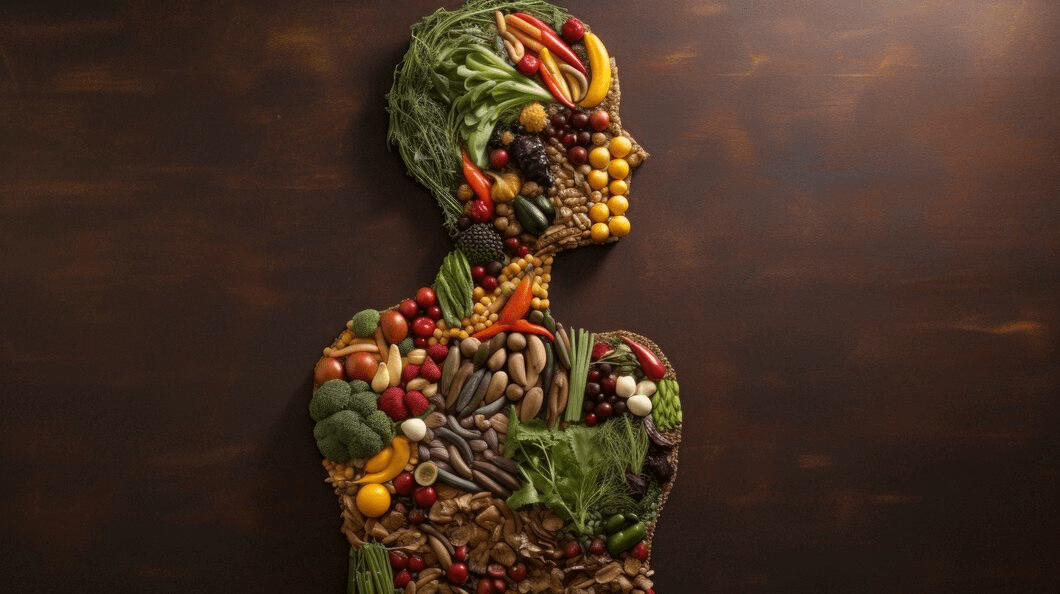While Western societies may eat an unbalanced diet filled with processed, sweetened, and artificially flavored food products, healthier regions around the globe have long practiced nutritious eating habitsand valued natural whole food diets with balanced proportions – like in Blue Zones that feature diets rich in whole grains, beans, nuts, fruits vegetable, with only moderate meat consumption.
Traditional and cultural nutritionstandards-based diets often include high-quality proteins from sources including fish, chicken, eggs, soy, and milk, along with foods low in sugar and refined wheat. Furthermore, nourishing international cuisines frequently lack added fats, trans fats, and salt; instead, the majority of them are high in essential fatty from sources including fish oils, seeds, nuts, and vegetable oils.
As more people realize the role of diet on our health, more are rediscovering delicious traditional food and cuisines from across cultures. Instead of restricting themselves to salads, tuna sandwiches, and chicken tenders as their staples, their palates have expanded by tasting and exploring world cuisines. People are now open to new cuisines and diets that can help them lead healthier life.
Below discussed are some of the most delicious and healthiest diets across the world you should try:
The Mediterranean diet
The Mediterranean diet is an approach to eating that encourages good health by including fresh fruits, vegetables, whole grains, legumes, nuts, and fish as mainstays of its food pyramid. The incorporation of lean meats and low-fat dairy, and some wine into this healthy eating pattern is also part of its program; overall, the Mediterranean diet discourages processed food while encouraging an approach towards mealtime that is more relaxed than typical Western habits. It is one of the most loved nourishing global cuisinesof the world.
Mediterranean recipes are easy and flavorful ways to include healthy proteins and fats into your meals, from satisfying soups to colorful salads. Incorporating these dietary patterns will bring vibrant Mediterranean cuisine into every bite. Whether it’s for yourself or an event, these Mediterranean dishes are sure to please every diner at the table!
Traditional Okinawa Diet
The Okinawa diet is one of the oldest and healthiest diets on earth. This cuisine features low caloric intake with ample nutritional density. Mainstays of this eating regimen include green and yellow vegetables (such as bitter melons resembling warty cucumber), soybean-based foods like tofu or miso, seaweed, and root veggies such as taro or purple sweet potato. Okinawa cuisine features herbs and spices with health benefits that provide flavor without adding additional calories, such as turmeric, mugwort, and moringa.
Research suggests that Okinawa in Japan boasts some of the longest-living residents worldwide, which could be attributable to their unique way of living and their diet, which consists of plenty of nutrient-rich vegetables and seaweed while being low in red meat, processed sugars, and added fats. Furthermore, their delicious traditional food diet and healthy lifestyle incorporate exercise and socializing activities with a strong sense of community and purpose – another contributing factor.
The Nordic diet
In addition to being delicious, the Nordic diet is also eco-friendly. By emphasizing plant-based foods instead of animal fats found in meat and butter, its emphasis on plant-based nutrition puts less of a burden on our planet. For instance, while olive trees abound in warm Mediterranean climates for oil production, Scandinavia’s environment is more conducive to growing rapeseed plants for canola oil production. You should focus on including poultry and seafood proteins in your diet while limiting processed meats, fried foods, sugary drinks, and salty snacks; fermented foods such as kimchi sauerkraut miso tempeh should also be added into the mix!
By sharing meals together and eating mindfully at meal times, this healthy lifestyle encourages participants to reduce calorie consumption by not overeating – essential components of effective weight management. This diet also discourages cured meats that tend to be high in salt, sugar, and fat content. Furthermore, the Nordic Diet advocates drinking alcohol moderately while dining.
The French Diet
This diet features whole food products like fruits, vegetables, cheeses, and wine as its cornerstone. It is low in sugar, salt, and fat content while emphasizing small portions. Slow eating techniques may also be encouraged to help promote sustainable weight loss while improving heart health. This diet has been globally accepted and practiced for its high nutritional value and tempting delicacies.
If you are looking for the right diet that can help you practice ahealthy lifestyleand stay fit, it’s highly advisable to contact a well-experienced dietician or a professional educator to learn more!
The Indian Cuisine Diet
While exploring world cuisines, no one can deny the tempting and sumptuous Indian food. Indian cuisine boasts complex flavors, while many dishes incorporate fermentation techniques such as pickling, chutneys, and sourdough bread to preserve nutrients and keep foods tasty while protecting vital microbiome communities and immunity. Don’t forget the spice – not only will they bring extra flavor, but they are essential in supporting a healthy gut microbiome and increasing immunity!
It provides plenty of protein-rich meals. Lean cuts of chicken and fish, used in dishes like tandoori chicken and masala grilled lamb dishes, provide ample sources of this essential nutrient. Undoubtedly, given such benefits, the Indian cuisine diet is one of the most nourishing global cuisines.
African Cuisine
African cuisine features many plant-based ingredients and light dishes, making it an effective way to lose weight without feeling hungry. Plus, many ingredients used in its cuisine are highly versatile – you can incorporate them into a wide variety of healthy recipes to find something suitable. African cooking relies heavily on yam as an ingredient, which is used in numerous dishes. Another versatile staple ingredient, known as Xima or cornmeal porridge, can also be enjoyed alongside many stews, sauces, and other meals, not to mention that this nourishing meal boasts high amounts of protein, iron, and potassium!
Traditional African food offers many health advantages that may surprise some, with many being amazed to discover it can not only be flavorful but incredibly nutritious as well.
The Importance of a Healthy Diet
Foods we eat provide energy and help regulate our body’s temperature. However, certain types of foods can have negative impacts on both mood and mental wellbeing, so it is essential that we eat a variety of different kinds of food to maintain a balance in our diets. Without sufficient nourishment, they could suffer from growth and development issues, poor academic performance, obesity, metabolic syndrome diseases, and increased risks. While planning the right diet for you and your family, it’s advisable to check out all the nourishing global cuisines and choose the one that suits best for you.
Conclusion
The goal of a healthy and delicious diet should be to combine the needful and natural food groups in such a way as to supply all the body’s needs in terms of nutrients. Since individual needs may differ from person to person, strive to fill half your plate with fruits and vegetables, a quarter with grains, and a quarter with proteins, and finish off your meal by including dairy or plant-based alternatives for dairy alternatives.
Embracing diverse culinary traditions, cultural nutrition, and wholesome ingredients, these global dietary choices stand as a testament to the notion that healthy eating can be a delightful journey of discovery and gastronomic pleasure. To learn more about the right diet for you, reach out to your dietitian, consult a professional food consultant, or approach a supplement-based food provider now! Happy & Healthy Eating.










